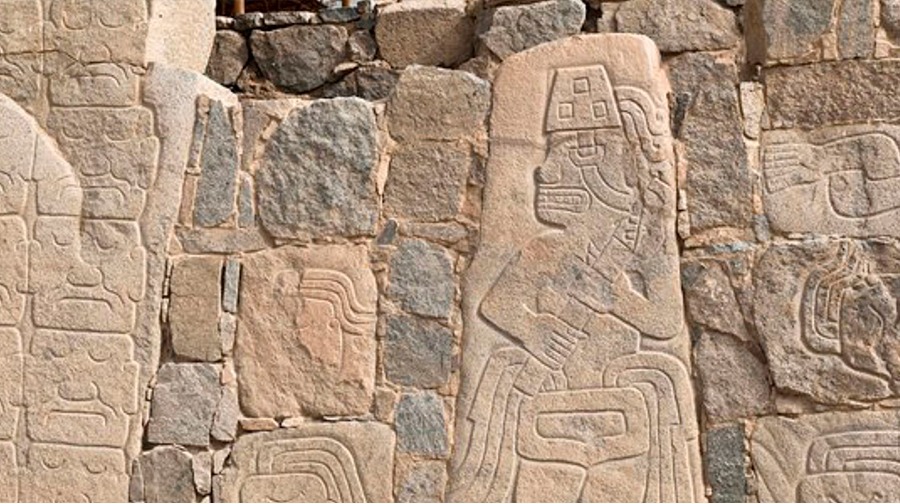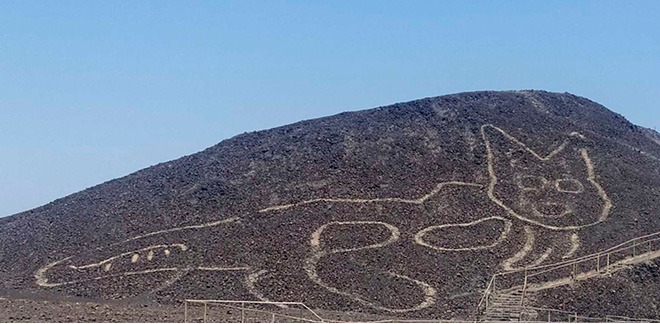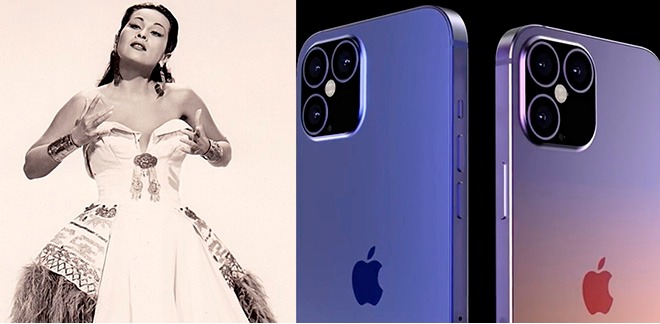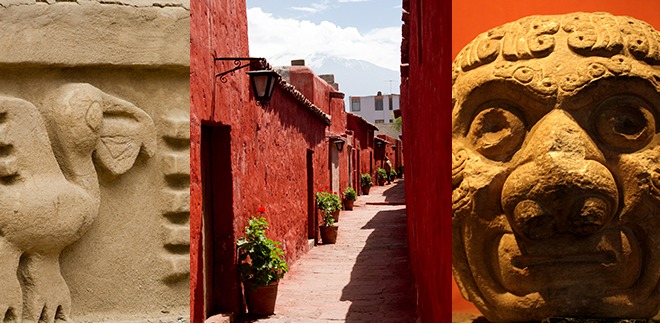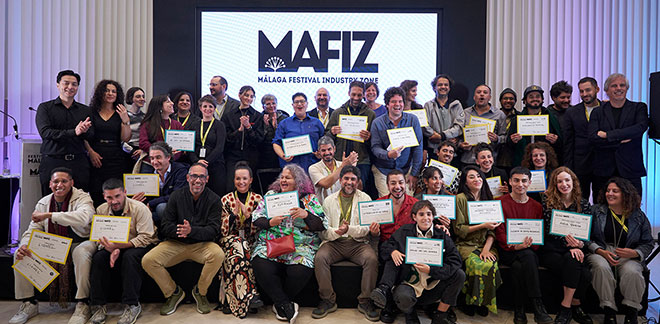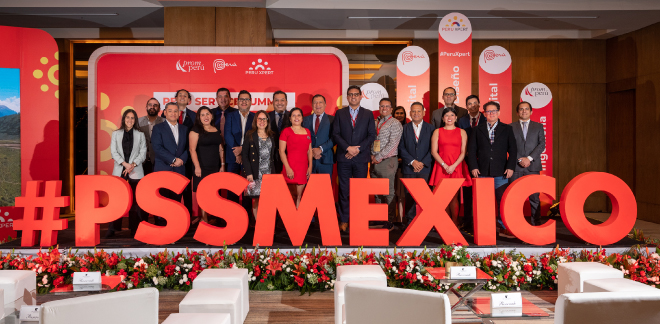Sechín: discover the culture prior to Chavín that marked a milestone in Peruvian archaeology
Síguenos en:Google News
In 1937, the Peruvian researcher Julio C. Tello discovered the Sechín archaeological complex in the Casma Valley (Ancash). This discovery led the 'Father of Peruvian Archaeology' to rethink his theory that Chavín was the matrix culture of the Andean civilization in our country.
The discovery
According to archaeologist Lizardo Tavera, Tello's first contact with Sechín took place eighteen years before the date of the discovery, when the researcher – returning from an expedition to the Chavín de Huántar complex – visited the Tabón hacienda. The owner of this hacienda kept a collection of pre-Hispanic pieces extracted from cemeteries in the area.
On June 28, 1937, Tello returned to the hacienda to investigate more of the pieces that had caught his attention years before. However, the new owner told him that he had only kept a rectangular stone with an engraved image. This led Tello to stay longer in order to research what he considered to be evidence of the importance and cultural influence of Chavín.
Three days later, Tello, who was also an anthropologist, explored Cerro Sechín and discovered a number of relics. He learned of the presence of a nearby "huaca", and went to the sector known as "indio bravo", named after a monolith with a sculpted figure of a warrior whose face displays teeth and wavy hair. It was then, with the help of workers, that Tello carried out an excavation and found several monoliths with images resembling the previous one. As he advanced, he found more steles that formed a perimeter wall, with adobe structures being discovered inside.
This was how, following subsequent studies of Tello’s discovery, it was confirmed that the construction of the Sechín complex was prior to the Chavín de Huántar temple, providing evidence that there was a civilization settled in the Casma Valley in approximately 1500 BC.
About Sechín
This northern civilization, which developed during the Early Formative Period (2000 to 1000 BC), was led by priests and warriors, and was characterized by its rich cultural background, standing out for its architecture and sculptures.
They used clay and stone to produce their artwork, expressing the human drama of war. The expressive force of the engraved figures has rarely been achieved in the art of pre-Hispanic America.
The Sechín complex
This archaeological site, built from the base with enormous stones, some weighing more than ten metric tons, had a political-religious function. It has a main building in which there is an area of conical adobe bricks, and there are another two buildings and two platforms to the sides of the complex.
The main building is rectangular, with rounded corners and a perimeter wall of steles engraved with two types of characters: warrior–priests (with a weapon or scepter) and dismembered victims or their remains.
Inside, the main decoration shows two mythological fish made using lines carved into the wet adobe wall. There is also a secondary figure, depicting a blood-stained man. These motifs represent the sea, the rain and human sacrifices.
There are several versions of the figures found on the walls surrounding this complex. For Tello, the images represent victories in battles won there; while for the Peruvian archaeologist and historian, Federico Kauffmann Doig, they are scenes of human sacrifice as part of a cult that sought to secure the livelihood of the population and counteract famines caused by droughts or other natural disasters.
Other findings
Years after the discovery of Sechín, the archaeological complexes at Sechín Alto and Sechín Bajo were discovered. The first covers 740 to 990 acres and is considered the most important in Pre-Hispanic America, due to its planning and monumental Cyclopean architecture, which belongs to the Early Formative Period.
Excavation began in the Sechín Bajo complex in the 1990s, and the remains of a circular plaza built with stone and adobe were discovered in its deepest stratum in 2008. It was determined that it belongs to the Late Archaic period, dating from 3500 BC.
Sources: Andina/ enperu.org


